Your Bathroom Needs a Plant (But Not for the Reason You Think)
So, you’ve got a bathroom with windows that are always fogged up, or a basement that just feels… damp. I’ve been working with plants for a couple of decades now, in everything from massive commercial greenhouses to cozy homes, and this is a story I hear all the time. Someone, somewhere, told you to put a plant in that room to act like a living dehumidifier. It’s a nice idea, but I need to get something straight right from the start.
In this article
Houseplants will not solve your humidity problem. Honestly, they just won’t.
The amount of moisture a plant can actually pull from the air through its leaves is tiny. In fact, through a process called transpiration, plants are constantly releasing moisture. They’re basically breathing out water vapor. So, technically, they add a little bit of humidity to a room, not subtract it. This is a fundamental we work with every day in horticulture.
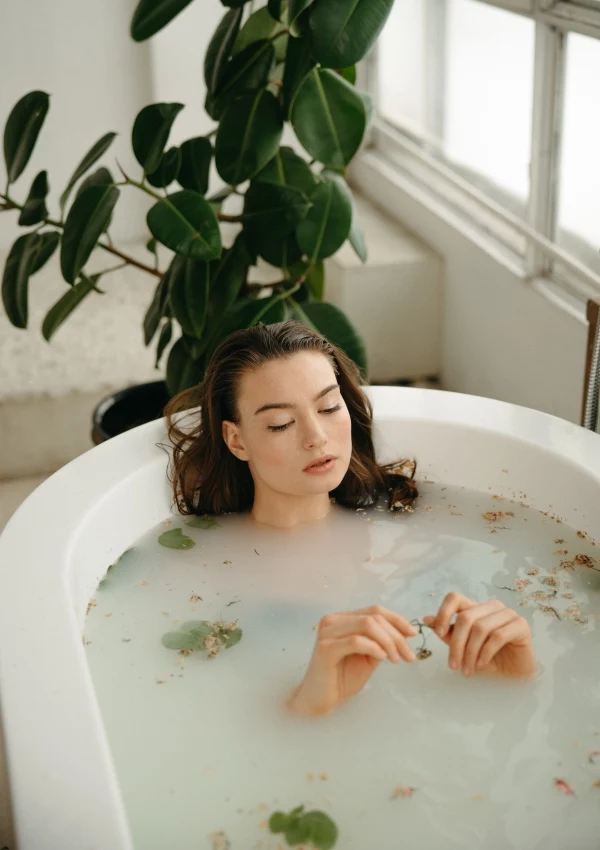
So why does everyone say this? The real magic isn’t about fixing your room; it’s about finding a plant that will absolutely thrive in it. Instead of fighting the dampness, you lean into it. A steamy bathroom can be a paradise for the right kind of plant, one that would shrivel up in a dry living room. This is about choosing a plant that will be happy and healthy in that specific spot, and that’s exactly what we’re going to figure out.
Is Your Room Actually Humid Enough?
Before you go shopping, let’s figure out what “high humidity” even means. It’s a bit of a vague term, right? For a plant to really feel like it’s in a tropical spa, you want the humidity to be consistently high.
Quick tip: Grab a cheap digital hygrometer. You can find them online or at a hardware store for about $10 to $15. Stick it in your bathroom or damp corner. If it consistently reads above 60%, congratulations—you’re in the perfect zone for the plants we’re about to talk about. This little gadget takes all the guesswork out of the equation.
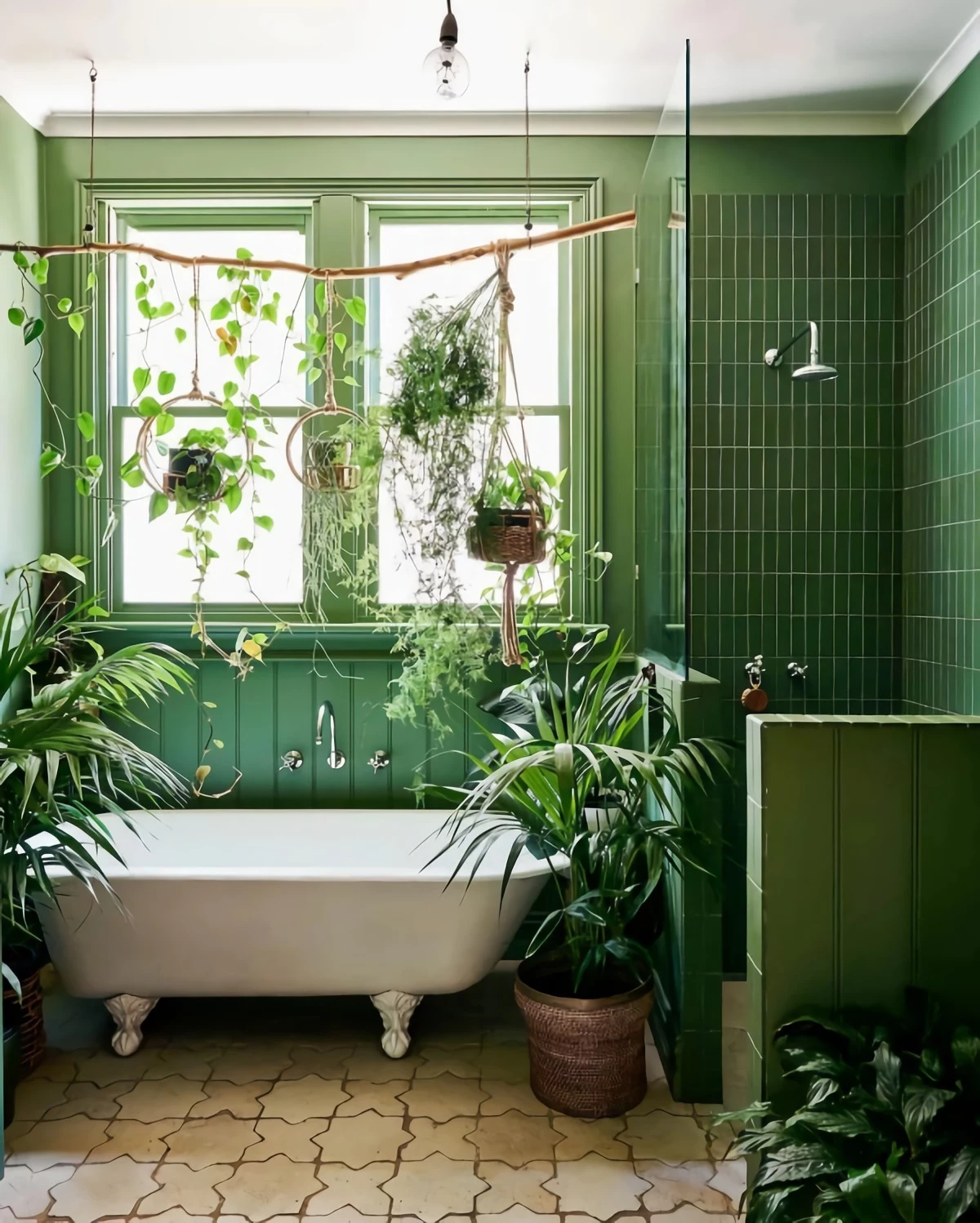
What Makes a Plant Love a Steamy Room?
When I’m picking a plant for a tricky spot, I don’t just guess. I look for a few key clues that tell me it’s built for the job. It’s all about matching the plant to its natural happy place.
First and foremost, I look at its origin story. Where did this plant evolve? If it’s from a tropical rainforest floor, it’s genetically wired to handle warmth, shade, and constant dampness. Think ferns and many types of Philodendrons. A cactus from a bone-dry desert, on the other hand, would rot in a week.
Next, check out the leaf structure. Plants from humid places often have big, thin leaves. They don’t need thick, waxy coatings to hold onto water because it’s everywhere. The classic Peace Lily is a perfect example; its large, dark leaves are designed for low light and high moisture.
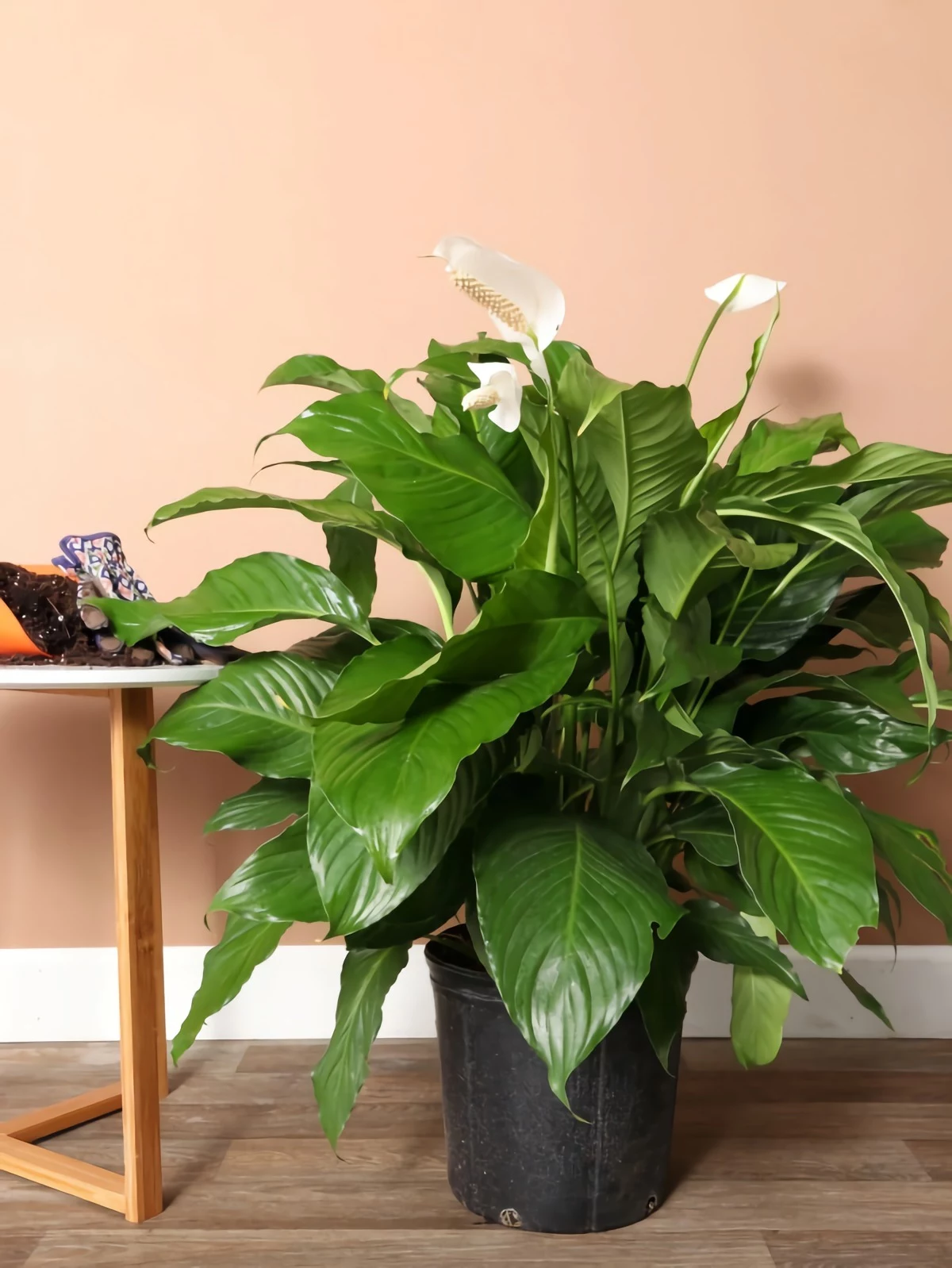
Oh yeah, and don’t forget the roots! This is a big one. Many of our favorite tropicals are “epiphytes,” meaning they naturally grow on trees, not in dense soil. Their roots are used to grabbing moisture from the air, not sitting in a soggy pot. This is why a special potting mix is a game-changer for them, especially in a room where soil takes forever to dry out.
My Go-To Plants for High-Humidity Spaces
Okay, let’s get to the fun part. Here are some of the plants I recommend time and time again for damp spots. I’ll give you the real-world scoop on each, including the stuff you won’t find on the little plastic tag.
1. Ferns (Especially the Bird’s Nest Fern)
Ferns are the quintessential bathroom plant. While everyone loves the look of a Boston Fern, I have to be honest—they can be divas. In my experience, they’re incredibly messy, dropping little leaflets everywhere if the humidity dips for even a second.
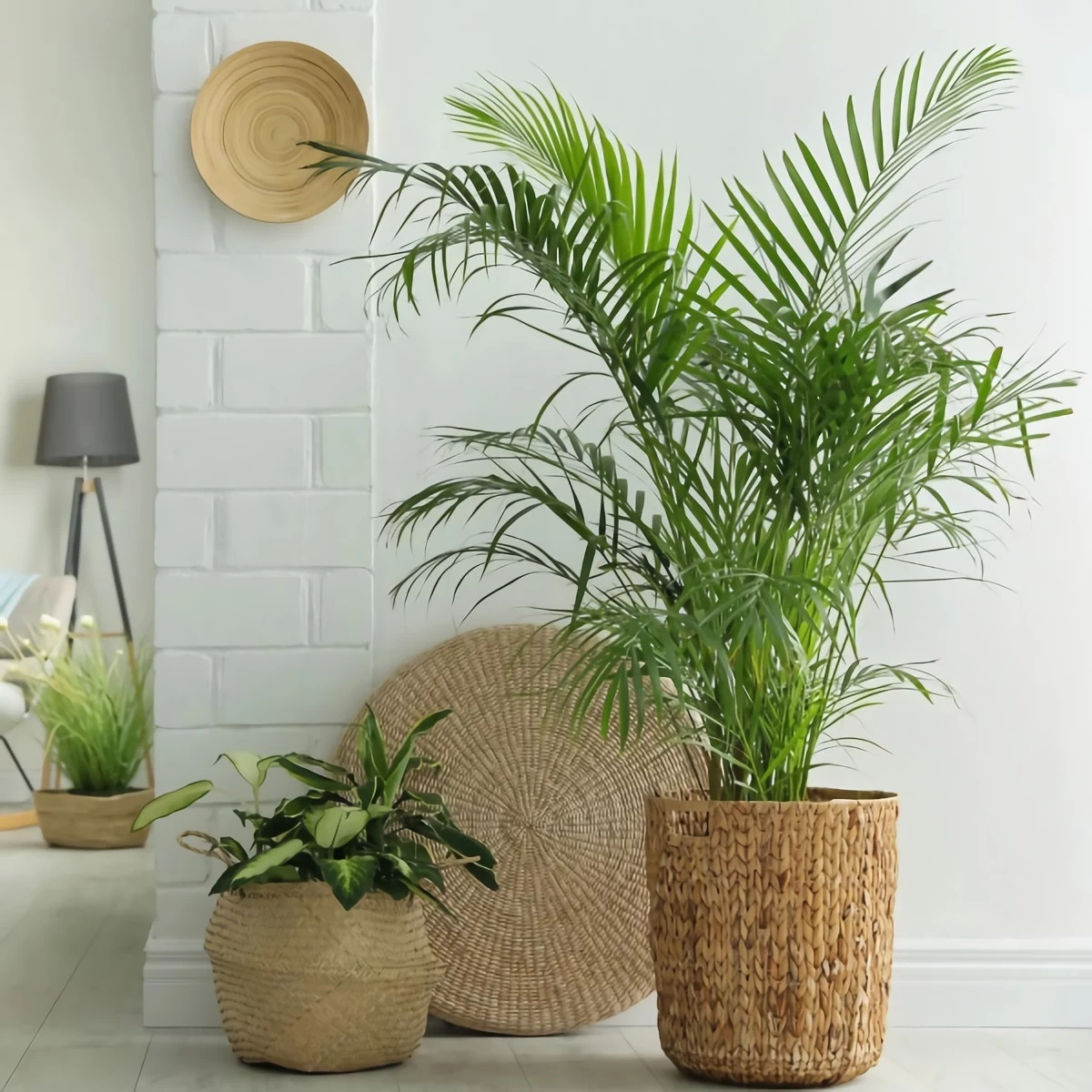
A much better, lower-maintenance choice is the Bird’s Nest Fern. Its leaves are broad, wavy, and solid, so you get that lush, green vibe without the constant cleanup. If you’re feeling adventurous, the delicate Maidenhair Fern is stunning, but it’s an expert-level plant that will turn crispy the moment its soil dries out.
Good to know: You can find a beautiful Bird’s Nest Fern for between $15 and $30 at most garden centers. They are generally considered non-toxic to pets, which is a huge plus. Just keep that soil consistently moist, but not soaking wet.
2. Peace Lily (The Drama Queen)
The Peace Lily is one of the most expressive plants you can own. It tells you exactly when it’s thirsty by dramatically wilting its leaves flat against the pot. Don’t panic! An hour after a good drink, it’ll pop right back up. It’s a great feature for beginners.
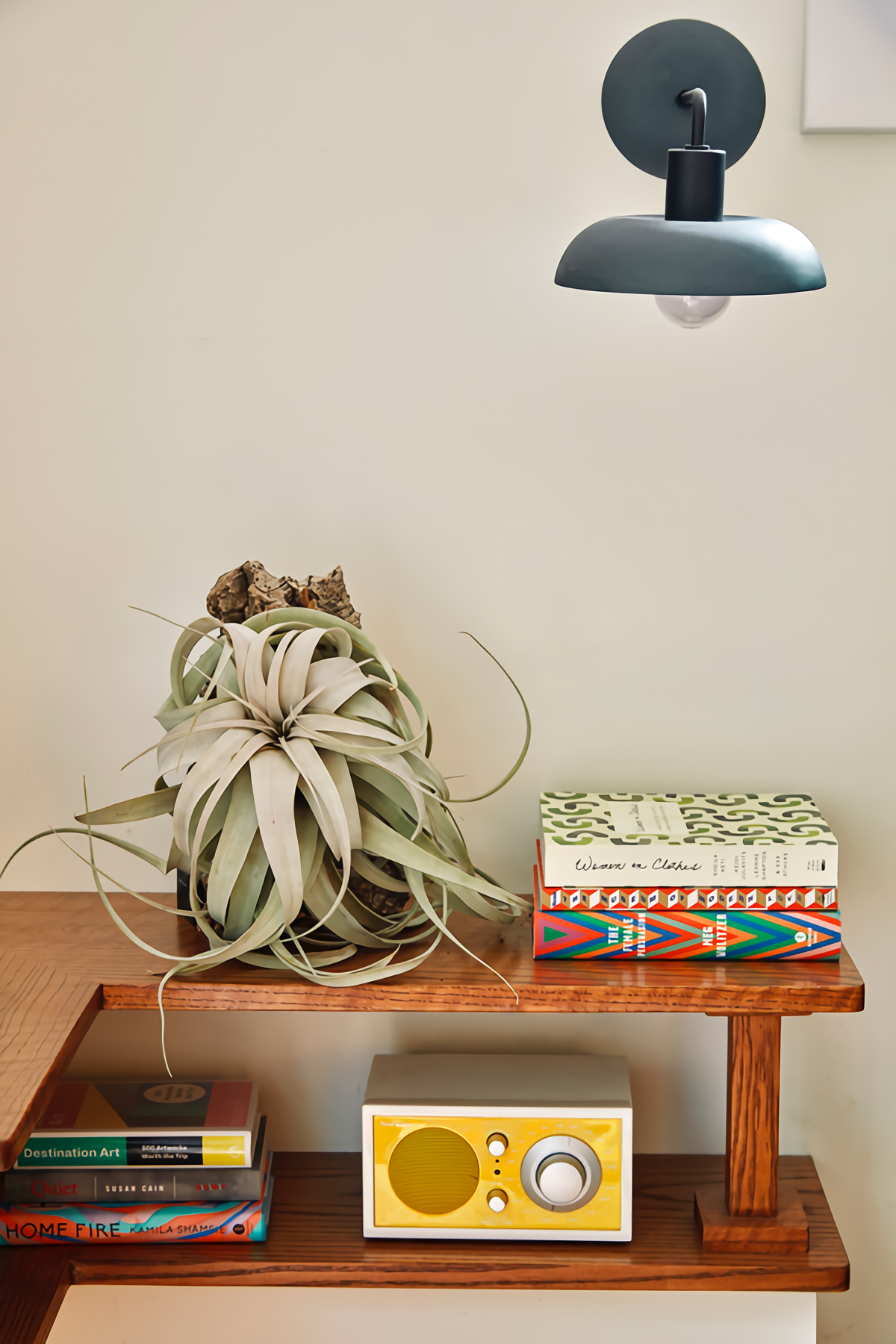
Heads up! A common issue is brown, crispy leaf tips. People blame humidity, but it’s usually the chlorine and other chemicals in tap water. An easy fix is to use filtered or distilled water. A gallon of distilled water is usually under $2 at the grocery store and will last a sensitive plant for weeks. Peace Lilies are toxic if ingested, so keep them away from curious pets and kids.
Budget-friendly: These are super accessible, usually costing between $10 and $25 for a healthy, tabletop-sized plant.
3. Calathea and Maranta (The Prayer Plants)
These are, without a doubt, some of the most stunning foliage plants out there. But they are NOT for the faint of heart. They are true humidity fanatics and will reward you for placing them in a steamy bathroom. The Maranta (Prayer Plant) is a bit more forgiving than its Calathea cousins. They get their name from the way they fold their leaves up at night, like praying hands. It’s pretty magical to watch.
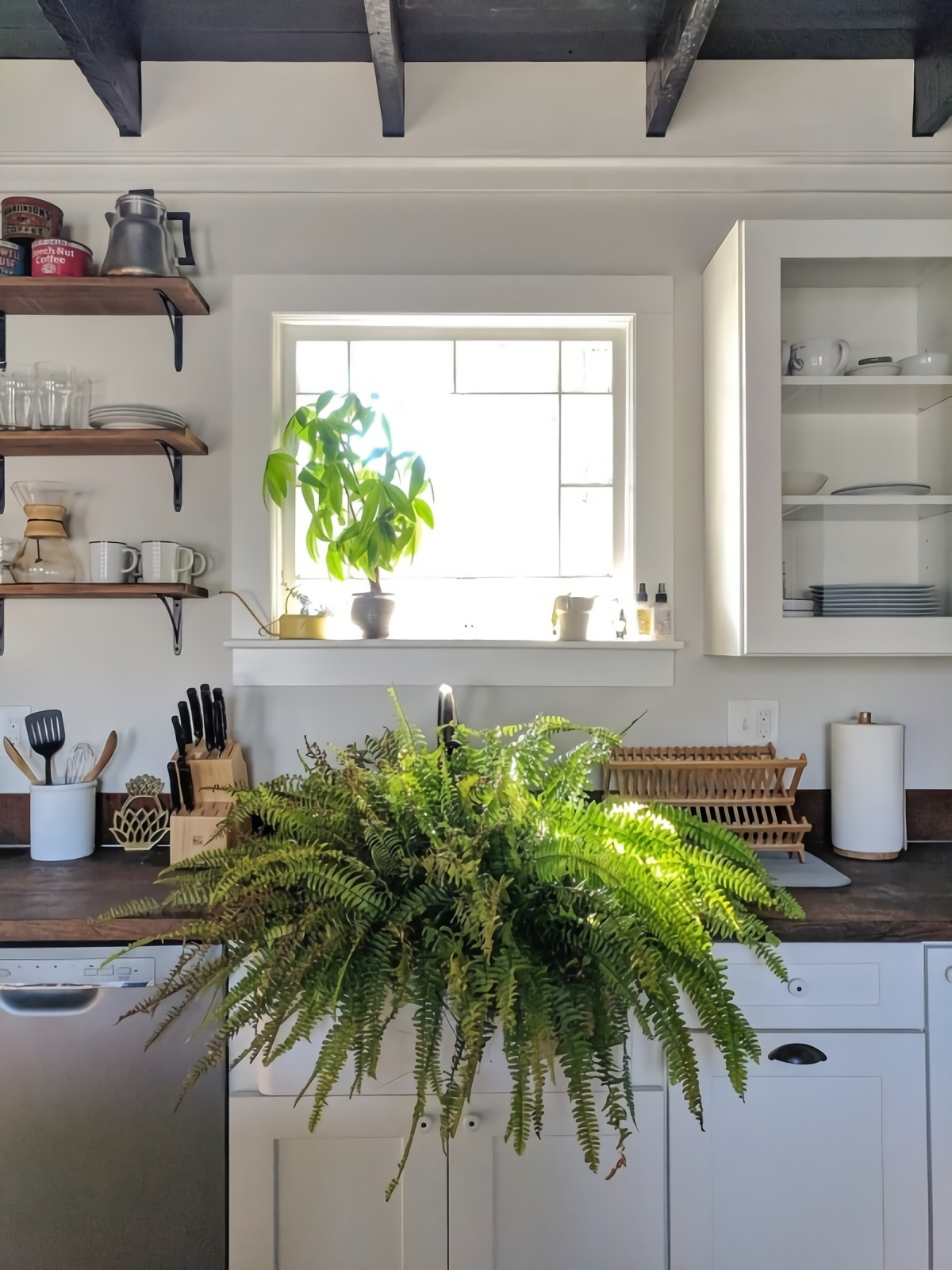
I’ll share a painful lesson: I once killed a gorgeous Calathea by placing it in a bathroom too close to a heating vent. Right plant, wrong spot! It taught me that even in the right room, the specific location matters. They are also very sensitive to tap water, so stick with distilled water for these beauties.
Good to know: These tend to be a bit pricier, from $20 to $50, because of their intricate patterns. The good news? Most varieties are pet-safe.
4. Orchids (The Bathroom B&B Guest)
A Moth Orchid is a perfect bathroom plant, especially on a windowsill with frosted glass that provides bright, indirect light. In nature, its thick, silvery roots cling to tree bark and soak up moisture from the humid air. It wants to be in your bathroom!
A word of warning: Please, please do not water your orchid with ice cubes. It’s a terrible myth that can shock the roots. The right way is to take the whole pot to the sink and run lukewarm water through the bark for a minute until the roots turn a vibrant green. Then, let it drain completely. Never let it sit in water. You can often find them for around $20 at grocery stores, but for a healthier plant, try a local nursery.
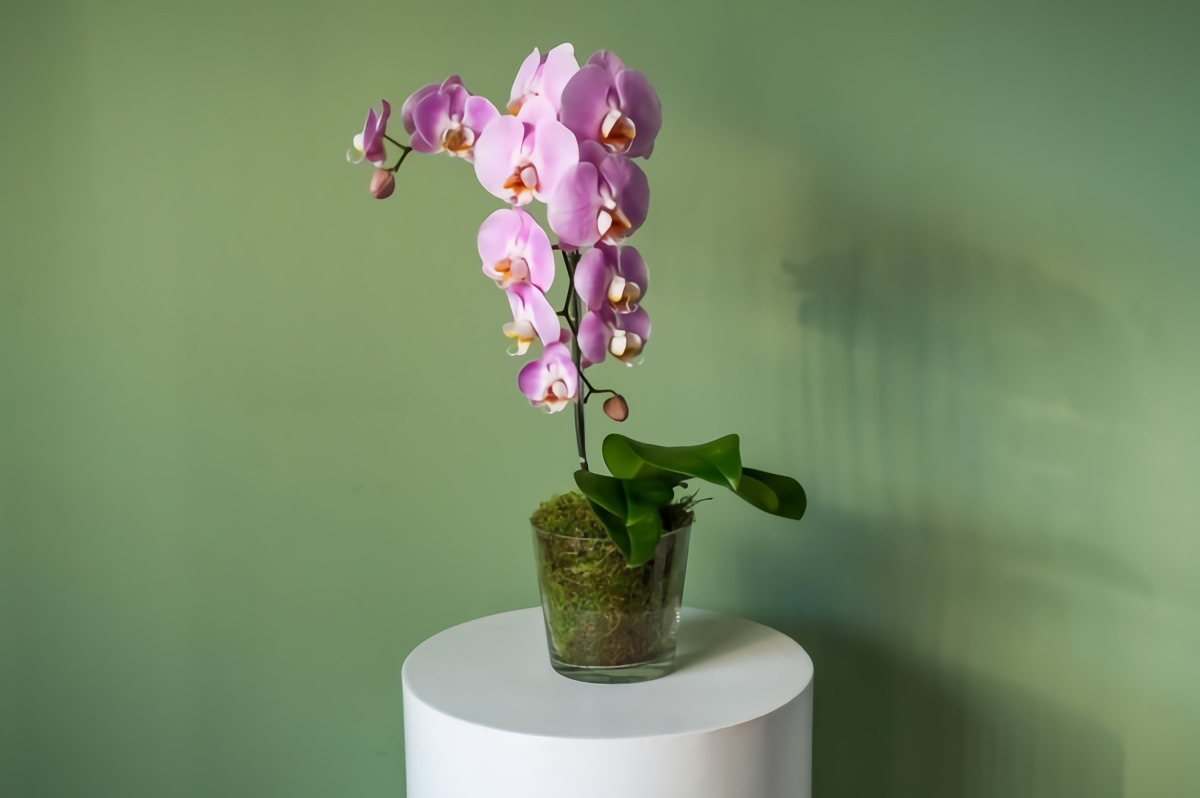
5. Spider Plant (The Survivor)
The Spider Plant is one of the most easygoing houseplants on the planet. It makes lists for high humidity not because it needs it, but because it tolerates it so well. It’s a survivor. It won’t complain or develop issues in a damp spot where other plants would give up.
By the way, you might have heard about a famous study that found Spider Plants are amazing air purifiers. In the context of a small, sealed lab chamber, yes. In your house with normal airflow? The effect is pretty tiny. Buy it because it’s tough, attractive, and safe for pets, not because it’s an air filter. They’re also a bargain, usually under $15, and they produce little baby “spiderettes” you can propagate for free plants!
Pro-Level Care for Your Humid-Home Garden
Okay, you’ve picked the perfect plant. Now what? To keep it thriving long-term in a damp room, you need to manage two things: airflow and soil.
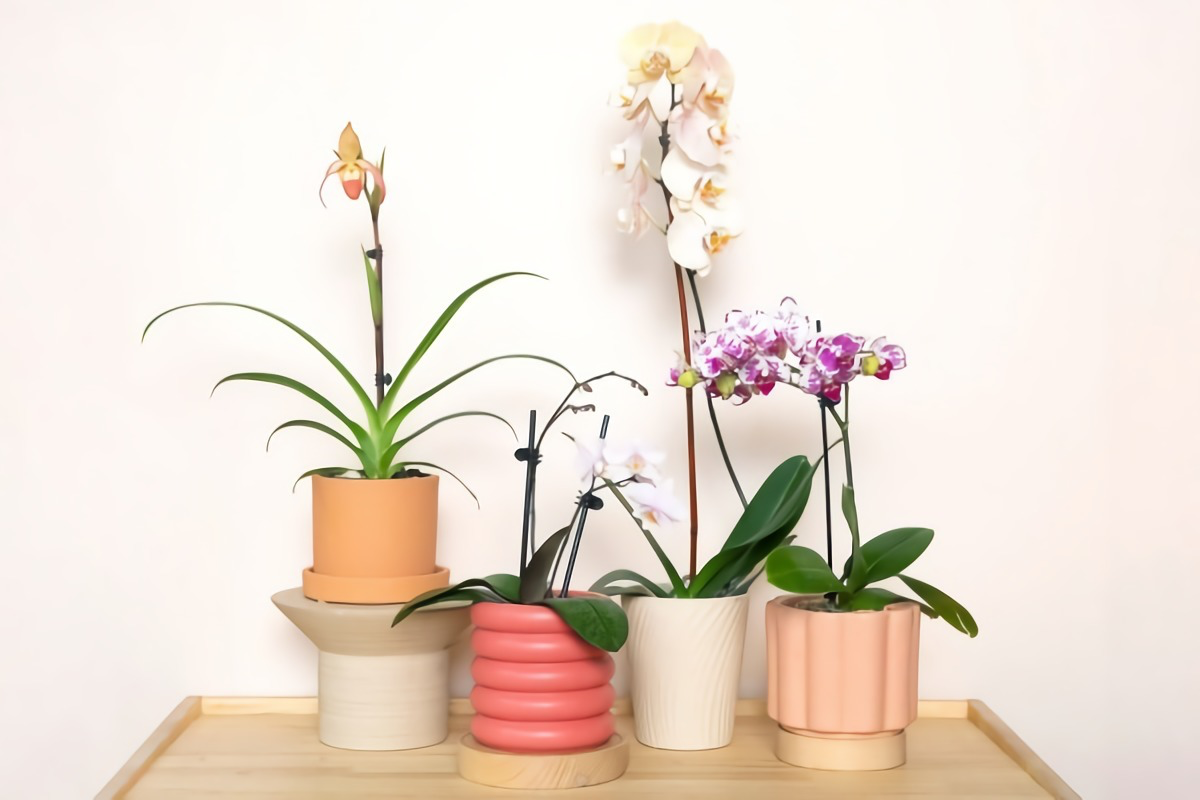
The biggest enemy isn’t the humidity itself; it’s stagnant, humid air. This is an open invitation for fungal diseases. In commercial greenhouses, we have fans running 24/7 just to keep the air moving gently. You can do the same thing at home. A small, quiet oscillating fan on low in the corner can be the best investment you make for your plants’ health.
Another lesser-known trick is to group your humidity-loving plants together. They create a little humid micro-climate for each other, which they love. It’s the easiest upgrade you can make.
Finally, let’s talk soil. Standard potting mix can stay soggy for weeks in a damp room, which will lead to root rot. You need to lighten it up. Here’s my personal, never-fail recipe:
My Go-To Humid-Home Potting Mix:
- 1 part all-purpose potting soil
- 1 part orchid bark (for chunky aeration)
- 1 part perlite (to keep it light and airy)
Just mix it all up in a bucket. Your plant’s roots will thank you.

The Most Important Part: A Reality Check
Okay, let’s have a serious chat for a second. While plants are amazing, they are a decoration, not a structural solution.
If you see mold growing on your walls, if the paint is bubbling, or if there’s a musty smell you can’t shake, you have a problem that a plant will not fix. These are signs of a potential leak, ventilation issue, or major dampness. Covering it up with a pretty fern is not the answer and could be hazardous to your health.
If you see any of those signs, it’s time to call a professional—a plumber, an HVAC specialist, or a home inspector. Your health and your home’s integrity come first.
Also, remember to check if a plant is toxic before bringing it home, especially with pets and kids around. A quick online search for the “ASPCA toxic plant list” is an invaluable, easy-to-use resource.
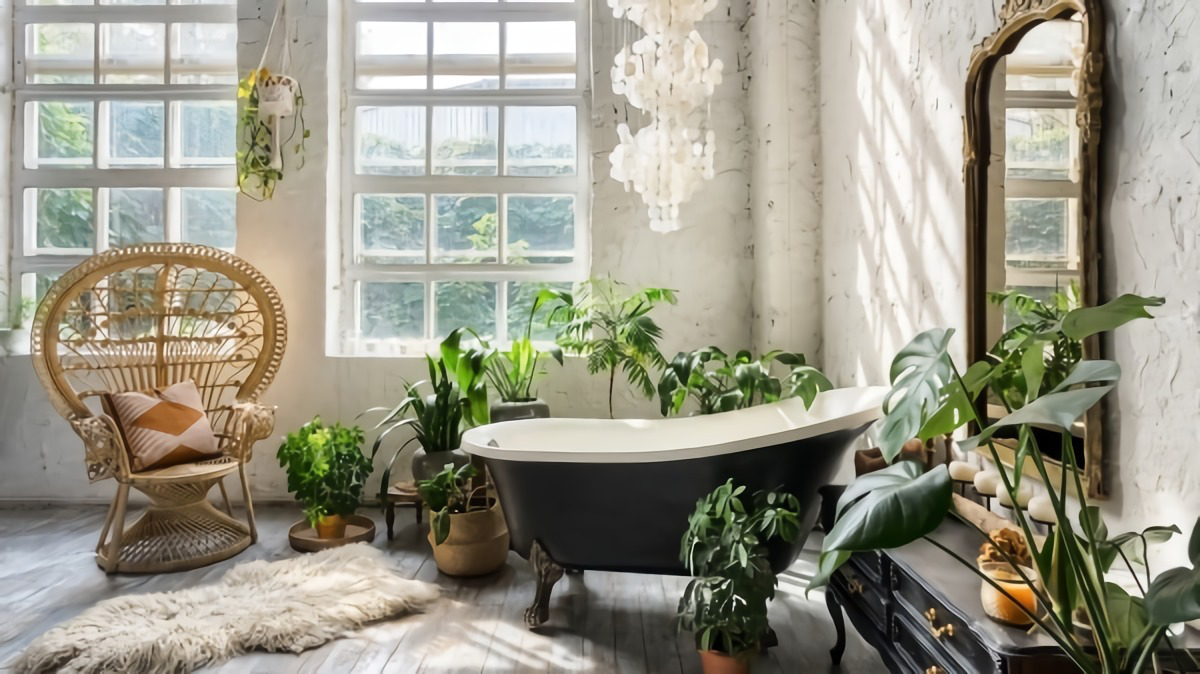
Ultimately, bringing a plant into a humid spot is a brilliant move. You’re not fighting the environment; you’re working with it. Forget the myth about dehumidifying and just enjoy creating a lush, green oasis in a spot where other plants would never survive. It’s one of the most rewarding ways to bring a little bit of nature indoors.
Inspirational Gallery with Photos
But my bathroom has no windows. Can I still have a plant?
Absolutely. While many tropicals need bright, indirect light, some are surprisingly tolerant of low-light conditions. The ZZ Plant (Zamioculcas zamiifolia) is famously tough and stores water in its rhizomes, making it forgiving. Similarly, the Snake Plant (Dracaena trifasciata) is an architectural classic that handles lower light and loves humidity. Just be sure to water them less frequently than you would in a brighter spot.
A single large tree leaf can transpire several gallons of water a day, a process that is fundamental to the water cycle of ecosystems like the Amazon.
While your Boston Fern won’t quite match that, this illustrates the core principle: plants are designed to release moisture, not absorb it from the air. Embracing this fact is the key to choosing a plant that won’t just survive in your bathroom, but truly flourish.
Boston Fern (Nephrolepis exaltata): The classic choice. Its lush, feathery fronds create a soft, wild, spa-like feel. It loves consistent moisture and high humidity, making it a perfect shower companion.
Calathea Orbifolia: For a more modern, graphic look. Its large, round leaves are striped with silvery bands, creating a stunning visual statement. It’s a bit more particular about water quality (it prefers distilled or rainwater) but rewards you with dramatic beauty.
Both are excellent, but choose the fern for a classic vibe and the calathea for a touch of designer flair.
The right soil is as important as the humid air. Since the environment is already damp, you need a potting mix that provides excellent drainage to prevent root rot.
- Look for mixes containing orchid bark or coco coir, which create air pockets.
- Perlite is a non-negotiable additive; the small white rocks keep the soil from compacting.
- A quality aroid mix, like those from FoxFarm or Sol Soils, often has the perfect chunky consistency right out of the bag.
The most common mistake: Believing a humidity-loving plant needs waterlogged soil. High air moisture and wet roots are two different things! Most tropical plants that thrive in steamy bathrooms are native to rainforest floors where water drains away quickly. Let the top inch or two of the soil dry out before watering again. Your finger is the best moisture meter for this job.
Think beyond the countertop. Your steamy bathroom is the perfect place to get creative with vertical planting. Consider a simple tension rod across a corner of the shower to hang trailing plants like Golden Pothos or Philodendron hederaceum. Strong, waterproof suction-cup planters can also turn a tiled wall into a living feature, freeing up precious vanity space.
- They purify the air by filtering common volatile organic compounds (VOCs).
- They boost your mood first thing in the morning.
- They can absorb sound, making the space feel more serene and private.
The secret? It’s not magic, it’s biophilia. Having living, green elements in our daily environment is proven to reduce stress and increase feelings of well-being.
The understory of a tropical rainforest, where many of our favorite houseplants originate, can consistently maintain humidity levels above 90%.
Evoke the Japanese concept of Shinrin-yoku, or “forest bathing,” right in your own home. The combination of steam from a warm shower, the earthy smell of damp soil, and the sight of lush green foliage can transform your daily routine into a mindful, sensory experience. It’s about creating a small sanctuary that reconnects you with nature before you’ve even stepped out the door.










